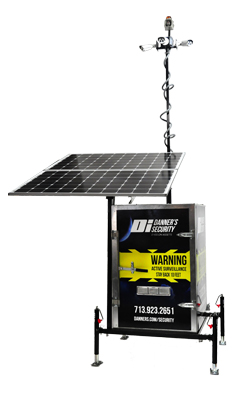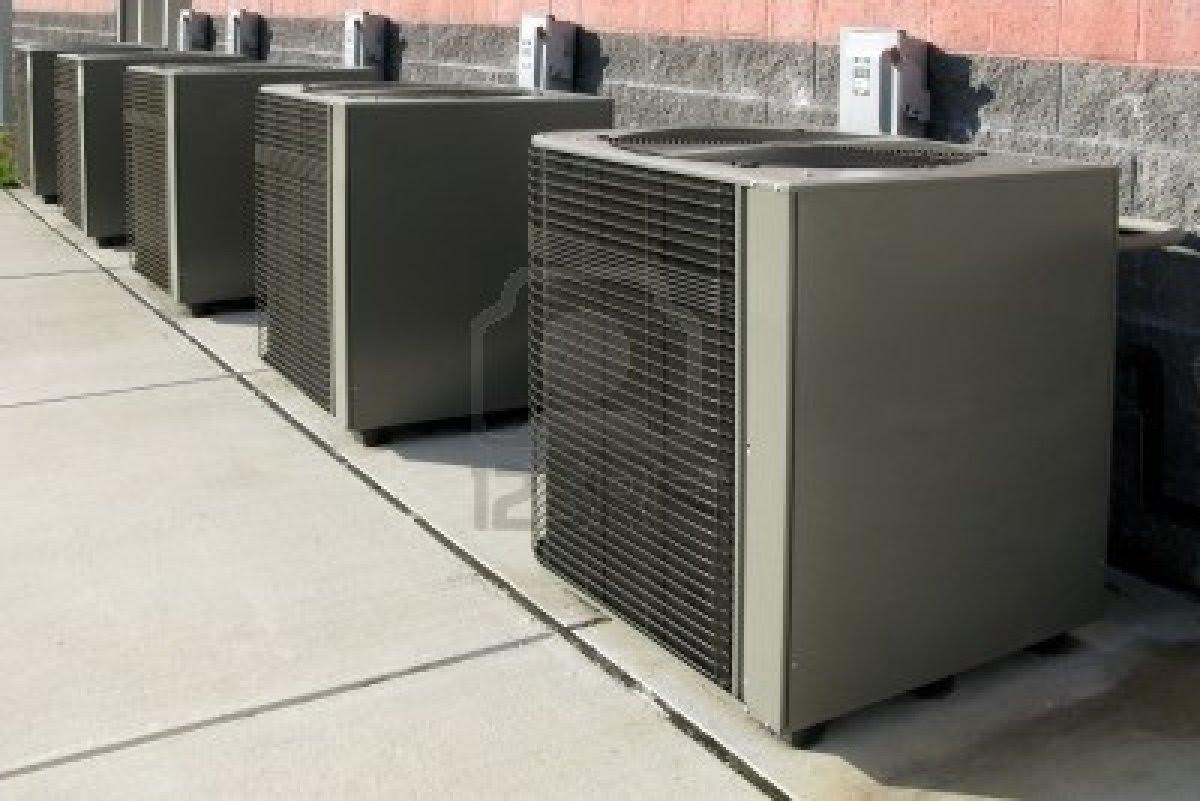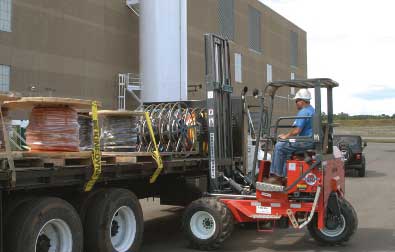Theft, vandalism and arson plague home builders across the country. It’s an expensive problem that is getting worse.
“The number of products installed in homes, the cost of those products and the market for stolen items have all increased in recent years,” says Jim Spratt, director of risk management and loss control for Aurora, CO-based HBW Insurance Services. “Losses are proportionately greater than in years past.”
Construction site crime drains builders’ contingency budgets, impacts production schedules, drives up insurance costs and home prices and puts the construction industry on edge. “We are all affected by this,” says Denise Emmons, special events director of the Capital Region Builders Association (CRBA) in Baton Rouge. “Someone has to pay.”
What You Can Do – Construction Security
Here are some common-sense strategies from builders, associations and other industry pros you can use on your sites to avoid the high cost of crime:
- Install security lighting. If you have a temporary pole, put a light on it. Like fencing, you can buy or rent security lighting. “The cost of overnight lighting is a public relations bargain, too, because it tells law enforcement agencies you want to help them protect your property and cut down on crime in the area,” says Doug Givans, a former police officer who’s now a security specialist for the University of Louisville. In addition, Givans points out, would-be thieves who may be casing the area can spot a good lighting system during the day.
- Install Monitored, Mobile Cameras. Monitored mobile cameras act as a sort of “smart” motion detector, alerting the monitoring officer when there is an intruder. The monitoring officer then views the camera feed, verifies the intrusion and alerts authorities. Many mobile units come with floodlights, helping you kill two birds with one stone with security lighting and live security video monitoring.

- Be seen and heard. Signage announcing that your site is under surveillance and that trespassers will be prosecuted is an effective, low-cost deterrent.
- Fence your sites. Buy or rent chain-link fencing — chain-link fencing is the best kind for job sites because buildings and activity remain visible — and secure it with heavy-duty padlocks. Fences can be scaled or cut by determined intruders, but the barriers will slow them down or possibly convince them to pass up your site.
- Control access. The most secure job sites have just one entry. Those with two or more offer drive-through opportunities for quick-fingered thieves.

- Protect your products. Thieves and vandals aren’t only after lumber, lights, and tools. Builders have reported having appliances, plumbing fixtures, A/C units, condensers, cabinets, fireplace manifolds, windows, doors, landscaping and even staircases heisted from their sites. If you can’t fully install a large item the day it arrives, at least do a partial installation — for a couple of reasons. “An A/C unit sitting in a box on a slab is not covered by builders risk insurance,” says Sonny Richardson, president of Richardson Home Builders in Tuscaloosa, AL. “If it’s got wires sticking out of it, even if they’re not connected yet, it is.” Partial installation will help slow down or deter thieves, too.

- Schedule deliveries wisely. “Just-in-time delivery is the most important thing you can do to prevent job site theft,” says Michael Marchetta, vice president of Marchetta Construction in Akron, OH. Don’t have materials delivered on a Friday afternoon. “Then people have two days to steal your plywood because they know you won’t be working on the weekend,” says Richardson.

- Have suppliers put serial numbers on invoices to make it easier to track stolen goods. Backordered items (and their serial numbers) should be indicated on invoices, too, and should be checked off on an inventory list when they are received on site. “Some reported theft is not theft. The items never arrived in the first place,” says Spratt.
- Keep tabs on tools. Tools are some of the most frequently stolen items. They can be recovered more easily if you duplicate the serial number in a secret place on the tool (thieves often remove serial number plates) and/or add your own identifying marks with a hardened steel punch or etching tool.
- Consider using an inventory list to check out tools to employees and check them back in at the end of the day. “Not all thefts are from the outside,” says Givans.

- Prevent inside jobs. Take the time to perform background and criminal record checks while evaluating serious job candidates. Likewise, thoroughly check out trade contractors and security guards before you hire them. Check references, call former employers and ask around town to find out what people know about them.
- Enlist the neighbors. Ask people living near your sites to help keep an eye on them. “Don’t overemphasize your concern with stopping crimes, but mention what you are doing to promote safety so that their children won’t be tempted to play in the area and get hurt,” Givans suggests. “While they may be sympathetic to your security [issues], they’re most interested in what you are doing to ensure their safety.”
- If You Experience Job Site Crime…Give the police as much information as possible: What’s missing or broken, when you think it happened, who might have been on site, etc. Give them copies of inventory sheets and serial numbers, too. Ask your association for help. Many will pony up reward money and go to bat for you. As part of its job site protection and recovery program, the Home Builders Association of Tuscaloosa runs ads in local papers offering rewards for information about crimes on its members’ sites. The association also hires special prosecutors to assist the district attorney. “It works,” says Richardson, a former police captain who helped develop the program. “The word gets around the bad-guy circles.”
- Some Insurance Issues…Some builders don’t submit claims on their builders risk policies because the loss is less than the deductible or they’re worried about their premiums rising. But little things — and losses — do add up.
-
- If you keep eating a couple hundred dollars here and there instead of submitting claims toward your deductible, you’re throwing away money that could be better budgeted and spent on security lighting than on replacing stolen equipment.
- Luckily, builders’ risk insurance (BRI) policies aren’t as sky-high or restrictive as general liability insurance policies are. However, if you take a lackadaisical approach to job site protection, your carrier could drop you. Then you’ll be up a creek when you try to get a construction loan (most banks require builders to carry BRI) or suffer a huge loss on site.
- “A builder will not remain an acceptable risk to an insurer if multiple claims are made and the builder has not made substantial efforts to limit loss,” says HBW’s Spratt. “Builders need to put forth the same efforts towards this segment of risk management and loss control as they do to any other portion of their business.”
Adapted from article provided by NBN Online and NAHB’s Business Management Department




